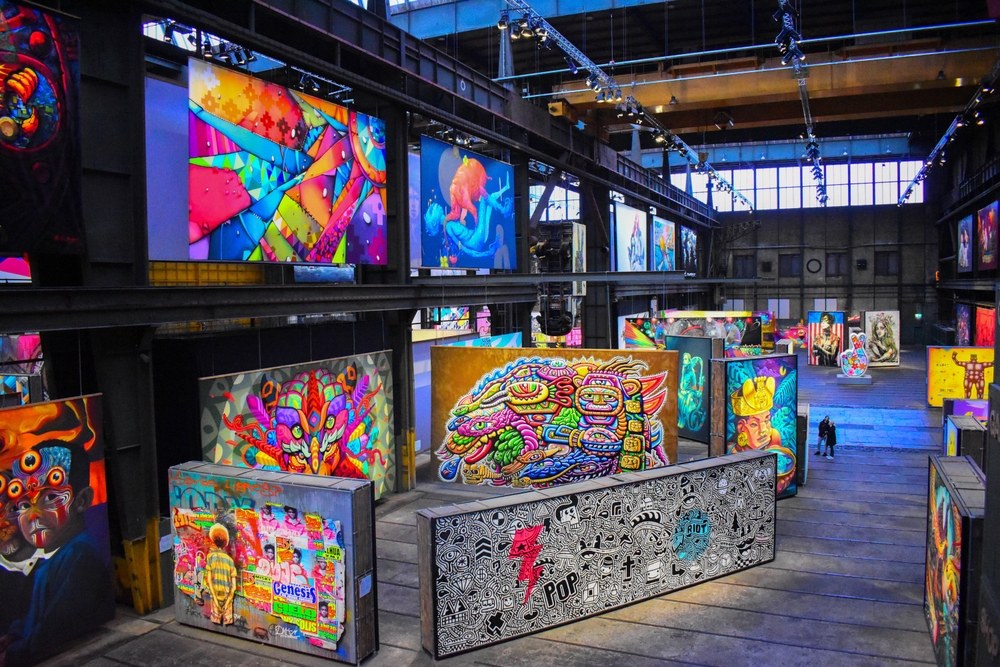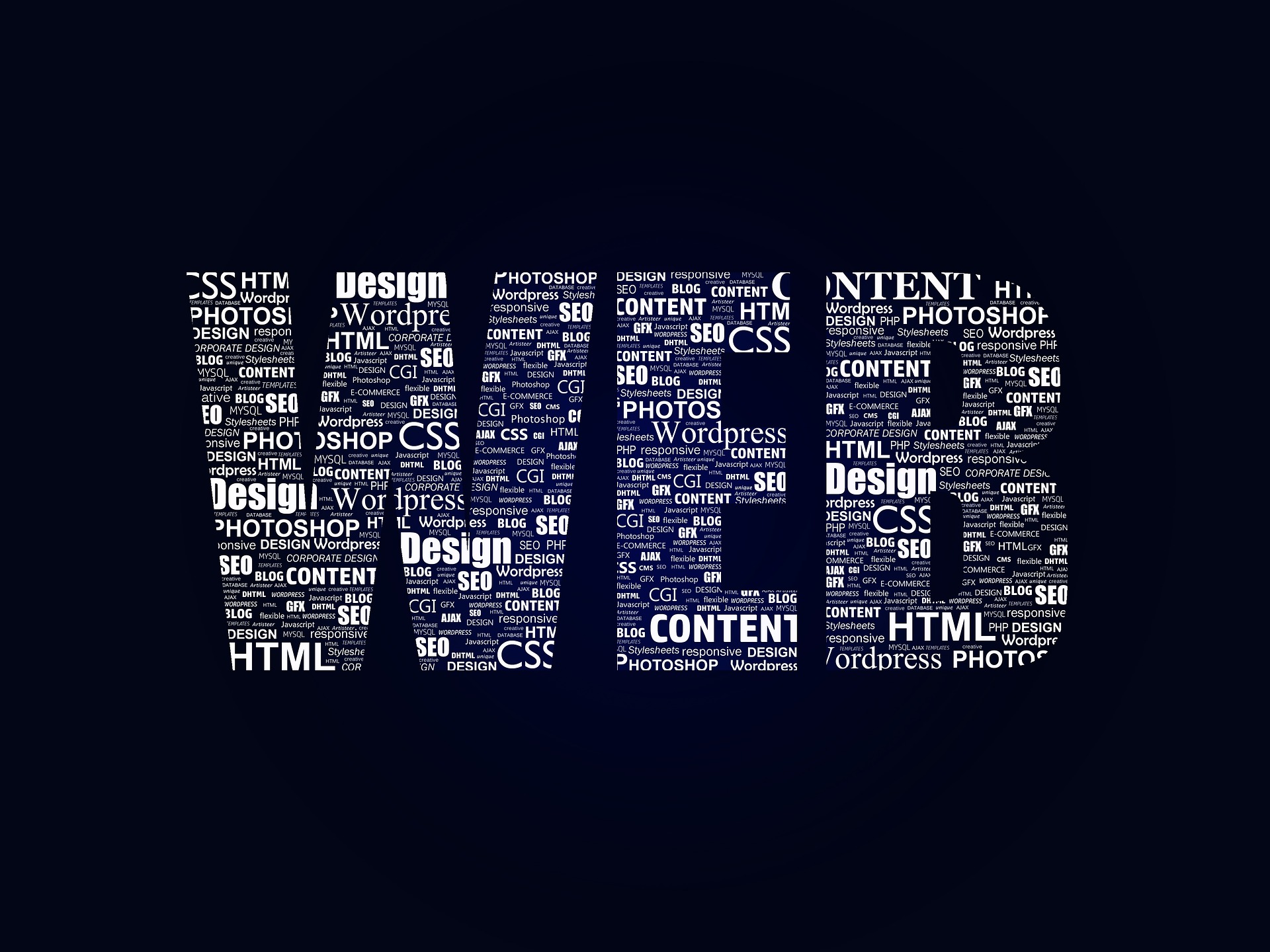Digital Graffiti: The Artful Intersection of Technology and Tradition
Introduction: A vibrant nexus of technology and tradition is reshaping the landscape of global artistry, bringing life to the virtual world in the form of Digital Graffiti. Dive into this article to unravel the intricate tapestry that weaves the ancient art of graffiti with the modern marvels of digital technology.

1. The Genesis of Digital Graffiti
Digital Graffiti, a term coined to describe the fusion of graffiti art with digital technology, traces its roots back to the turn of the 21st century. As technology began to permeate every facet of our lives, artists sought new ways to incorporate it into their work. The result was a revolutionary new form of art that borrowed from the rebellious spirit of traditional graffiti while embracing the limitless potential of digital mediums.
2. The Advent of Modern Tools
Today’s digital graffiti artists are leveraging cutting-edge technology tools to create their masterpieces. Software like Adobe Photoshop and Illustrator, as well as hardware like digital projectors and LED screens, have become the modern equivalent of spray cans and paintbrushes. With these tools, artists can create intricate designs that are then projected onto public spaces, providing a new canvas for expression.
3. The New Wave of Digital Artists
The rise of digital graffiti has given birth to a new generation of artists who are redefining the boundaries of artistic expression. Artists like INSA, a pioneer in the field, have used digital tools to create “GIF-iti,” a form of digital graffiti that uses animated GIFs to create art that is dynamic and interactive. This new wave of artists is pushing the boundaries of what is possible in the realm of digital art, proving that there is still much unexplored territory in this burgeoning field.
4. Impact and Reception of Digital Graffiti
The impact of digital graffiti is widespread, influencing not only the art world but also advertising, entertainment, and social activism. Brands like Pepsi and Nike have used digital graffiti in their marketing campaigns, while social activists have employed it as a tool for protest and awareness. The reception of this art form has been largely positive, with critics praising its innovativeness and the way it challenges traditional notions of public art.
5. The Future of Digital Graffiti
As technology continues to evolve, so too will the art of digital graffiti. With the arrival of virtual reality and augmented reality technologies, artists now have even more tools at their disposal. These advancements promise to push the boundaries of digital graffiti even further, sparking a future where art and technology are indistinguishable from each other.
In conclusion, digital graffiti stands as a testament to the power of innovation, proving that artistic expression is not bound by tradition but is instead continually evolving. As we look to the future, it’s clear that this vibrant intersection of technology and tradition will continue to reshape the world of art, offering new opportunities for creativity and expression.




